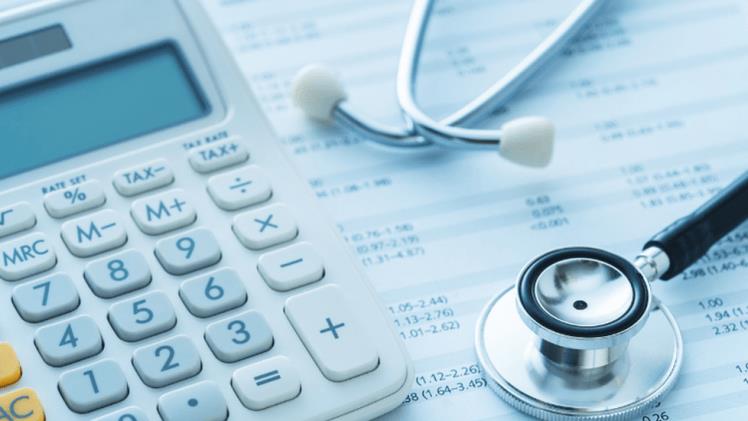Medical billing and coding is a critical cornerstone in the complex world of contemporary healthcare, where accurate and effective management of patient information and financial transactions is of utmost importance. There is much to learn in the crucial medical billing and coding field, from understanding complicated medical language to navigating ever-changing insurance laws.
This article will give you the information and insights required to successfully navigate this crucial component of patient care, whether you are a medical practitioner wishing to streamline administrative work or an aspiring coder looking to start a healthcare career.
What is Medical Billing?
The process through which healthcare systems such as hospitals or clinics give claims to their payers and bill patients for their financial responsibility is known as medical billing. Medical billing begins with the patient registering at the healthcare center and making an appointment.
During this stage, the executive collects every required detail and gets the form duly filled by the patient. Most healthcare facilities prefer to outsource medical billing services because it is an essential stage where even a tiny mistake can significantly impact them.
Once details are taken, they are checked for pre-authorization, and the patient is informed of any cost they may have to bear. Once everything is done and the patient checks out, it is time for medical coders to come into the picture. They are responsible for converting the information received into medical terms so everyone understands it accurately.
Importance of Medical Billing and Medical Coding
Medical billing and coding are the most critical healthcare system processes. Healthcare centers depend on insurance providers to clear their claims and reimburse them for the treatment given to patients.
On the other hand, a medical insurance company charges money from patients for buying policies as premiums. These insurance premiums help the insurance companies to clear hospital bills and other charges. It is not just the consumer paying; it is also the insurance company using its money to clear the dues.
Therefore, it becomes necessary that medical coding and billing happen accurately. Hence, patients should have their details documented irrespective of their reason for visiting the healthcare center. It is also necessary for patients to ensure they are aware of what they are paying and not being asked to pay for anything extra.
What is Medical Coding?
Medical coding begins when a patient comes to the healthcare center. During the patient’s visit, information is given to them regarding the treatment or services being offered. Every detail which is shared during the patient-doctor conversation is taken into consideration for medical coding purposes.
A medical coder is responsible for ensuring all information is documented and coded in standardized codes with the help of the available classification system. It includes transforming diagnosis, procedure, treatment, services, equipment, etc., into universally accepted medical alphanumeric codes.
Medical coding helps the payers understand patients’ diagnoses and the medical necessities such as treatment, supplies, or services the patient receives. Healthcare centers also opt for medical coding services since they require a highly skilled and experienced person for this job.
Steps Involved in Medical Billing
Here are the steps involved in the medical billing process that help the medical coders to do their job with perfection:
- Patient Registration: In this stage, all information related to the patient’s demographics is collected, including name, date of birth, and the purpose of the visit.
- Financial Responsibility is about informing the patients of any services not covered through their insurance, which they will need to pay.
- Superbill Creation: Here, the information collected is documented by the medical coders for the creation of superbill.
- Claims Generation: Based on superbill, the claim will be submitted to the insurance company.
- Claims Submission: After the claim form is crossed-checked, it is submitted for approval.
- Monitor Claim Adjudication: In adjudication, the payers will check the claim form and validate whether it is correct for approval.
- Patient Statement Preparation: After the amount is cleared from the insurance end, the remaining charges to be borne by the patient are prepared through this statement.
- Statement Follow-Up: The medical facility follows up with the patient for the pending bill clearance.
Bottom Line
The complexity of medical billing and coding has clarified how crucial they are to healthcare. Each code entered, each claim handled, and each bit of information recorded significantly impact the patient and healthcare system; thus making it imperative that everything is done with complete accuracy and precision.


